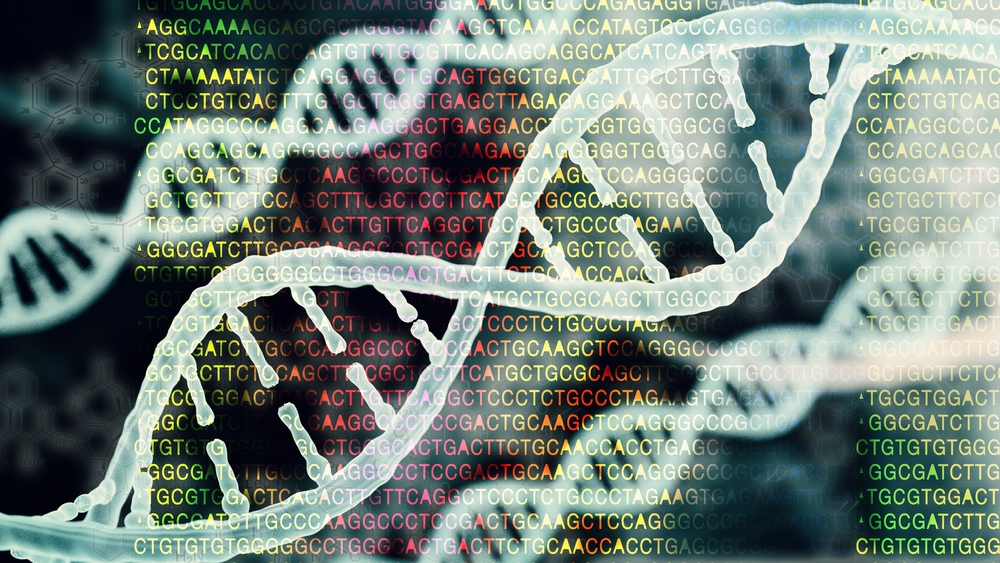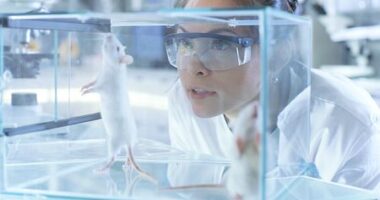Carrying Multiple Mutations Linked to Severity of Bardet–Biedl Syndrome, Case Report Suggests

Carrying mutations in other genes besides those typically associated with Bardet–Biedl syndrome (BBS) likely contributes to the severity and diversity of the disorder, according to a case report on two brothers.
The study, “Multiple genetic mutations implicate spectrum of phenotypes in Bardet-Biedl syndrome,” was published in the journal Gene.
BBS is associated with obesity, retinitis pigmentosa (a genetic disorder of the eyes that causes vision loss), kidney dysfunction, and post-axial polydactyly — having an extra finger or toe — among other symptoms.
Genetic analyses have identified mutations in 20 different genes (BBS1–BBS20), deemed responsible for most BBS cases. Because BBS is a ciliopathy, these mutated genes tend to be primarily involved in ciliary production and transport. Cilia are small structures that extend from the cell body and are involved in either cell motility or serve as sensory organelles.
However, because there are multiple clinical features associated with BBS, it is unlikely the disease is caused by a single gene mutation. In addition, more than 25% of people with this disorder do not have a mutation in these BBS genes, suggesting the involvement of other genes in the development of BBS.
In this report, researchers in India described two siblings with BBS born to parents who were second-degree relatives.
The first patient, a 23-year-old man, had a history of delayed developmental milestones, frequent outbursts, severe progressive visual impairment over the previous five years, and learning difficulties.
His younger 19-year-old brother had also performed poorly in school, resulting in him dropping out. Neither parent exhibited any of these symptoms.
On clinical examination, the older brother showed acanthoses nigricans (areas of darker and thicker skin) and post-axial polydactyl in both feet and hands. His body mass index was 29.3 kg/m2, meaning he was overweight. He also showed altered pigmentation in the retina and anemia.
The younger brother also showed impaired vision and macular degeneration. Both patients did not have left testis, and had an underdeveloped left seminal vesicle and prostate.
Exome sequencing, a test of the DNA bits that contain information to make proteins (exons), revealed a mutation in both copies (homozygous) of the BBS10 gene in the two brothers.
They also had mutations in the AR and PDE6B genes. Mutations in AR, which provides instructions to make the androgen receptor, have been associated with androgen insensitivity. PDE6B variants have been linked with retinitis pigmentosa.
“Along with causal BBS10 mutation, AR and PDE6B mutation may contribute to the severity of the BBS phenotype in the proband and sibling,” the researchers wrote.
“Contribution of AR and PDE6B mutation in BBS phenotype alone or in combination with other BBS genes can be studied to understand the functional role for improved diagnosis in BBS patients,” they concluded.




